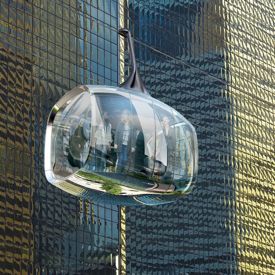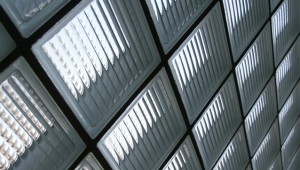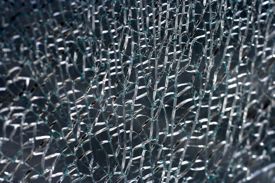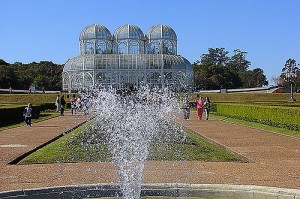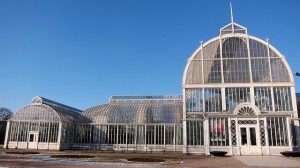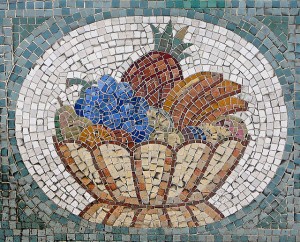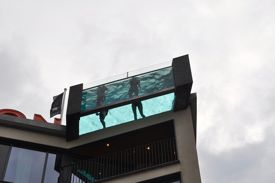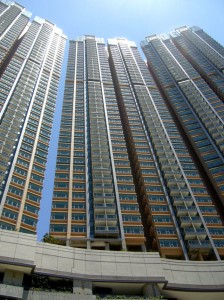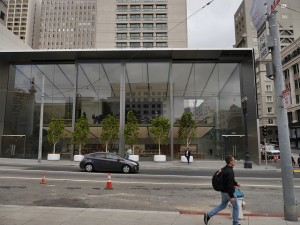Glass Cable Car Could Headine Chicago Skyline
If two forward-thinking businessmen have their way, a new and unique feature could one day make its mark on the Chicago skyline – a glass cable car known as The Chicago SkyLine. The attraction, which has yet to be approved, is a glass gondola that would take visitors on a sky tour of the downtown Chicago area. The proposed route would following the Chicago River and transport riders from Millennium Park or Navy Pier to Michigan Avenue.
Glass cable car system could be built
The glass cable car is the brainchild of Laurence Geller and Lou Raizin. The pair has been working out the details on their plan for a couple of years, but debuted its current version publicly at the City Club of Chicago for the first time last month. The men are well versed in the promotion of the City of Chicago. They’re both board members of Choose Chicago, the city’s non-profit Convention and Visitors’ Bureau.
They’ve actually conducted feasibility studies, which show The SkyLine’s glass cable cars could attract nearly 1.5 million visitors per year. Their research also shows that the project would cost about $250 million to build, but they say they believe they could finance the project privately, so no taxpayer dollars would be used to make the project happen.
That doesn’t leave the City of Chicago completely out of the loop, though. Since the project would occupy city-owned property, the project would be classified as a public-private partnership, and the City of Chicago would share in the revenue.
According to the current plan, a series of individually controlled gondolas would be able to accommodate about 3,000 people per hour. Each ride would follow a pre-programmed loop around the downtown area, and would feature a few stops along the way. The cost of a ride would be about $20, which is comparable to other sightseeing attractions in Chicago, including the observation platforms at the John Hancock Center and the Willis Tower (formerly known as the Sears Tower). The attraction would operate year round.
Architectural planning firm Davis Brody Bond has created preliminary drawings of the system. The men also hired consultants from Marks Barsfield, the London architectural firm that designed the London Eye, as well as a host of other metropolitan construction consultants, who all generally agreed that the attraction could be built.
To see additional conceptual images of the SkyLine, please visit Davis Brody Bond.
For glass decorating ideas, please check out the rest of our site. If you’d like to purchase Glassprimer™ glass paint, please visit our online store .
Photo Credit: Davis Brody Bond.

